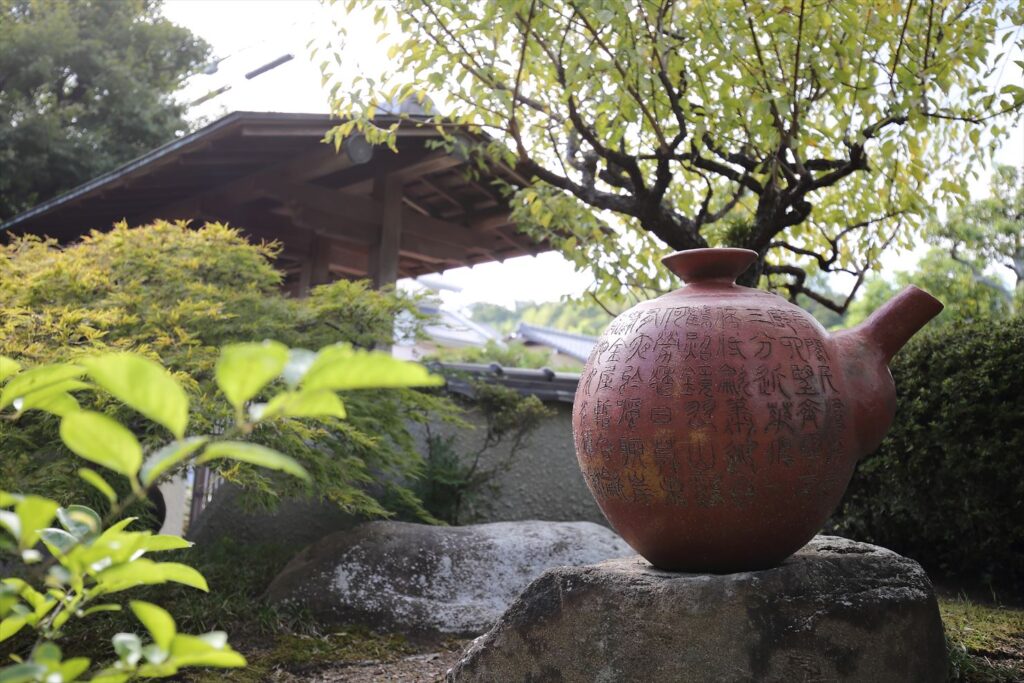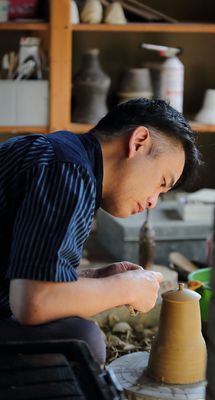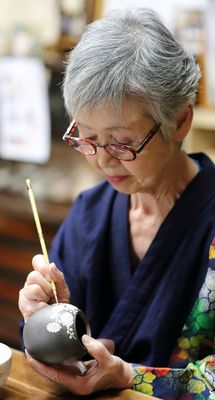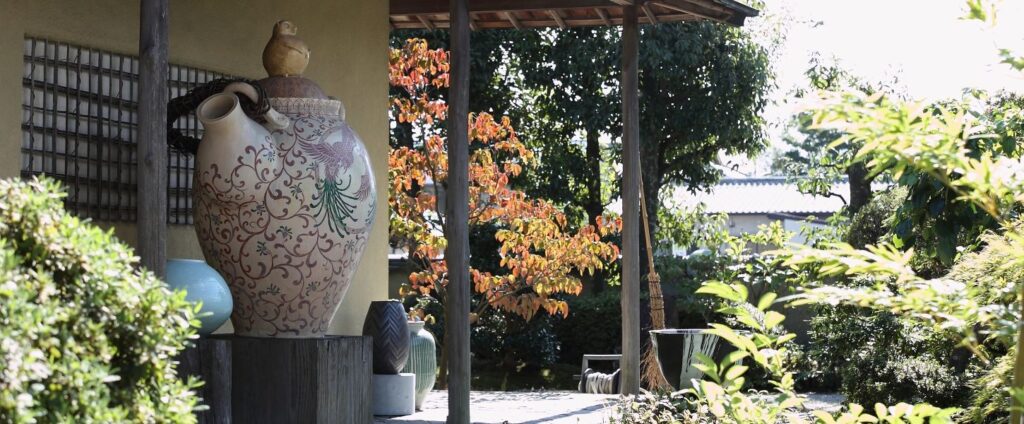Yokkaichi Banko-yaki
“The Immutability of Banko-yaki” An everlasting art

The origins of Banko-yaki date back to the Edo period (1603-1868), when a wealthy merchant by the name of Nunami Rozan opened a kiln in Kuwana, in what is today Obuke, located in the town of Asahi in Mie Prefecture.
Banko ceramic ware gets its name from the idiomatic expression “banko fueki”―meaning “eternally unchangeing”―which Rozan stamped on his pieces in the hope thet they would be passed down over generations for eternity.

The symbol of Banko-yaki is the “shidei” teapot, which is made from locally sourced high-quality iron-rich potter’s clay called “shidei”(literally “purple mud”).
Since they are fired without the application of a glaze, the more the teapots are used, the more their aesthetic beauty and luster increase and the more flavorful is the tea they make, which is why they have long been popular among tea connoisseurs.
Suigetsu Kiln
Mie Prefecture’s Yokkaichi city’s Banko-yaki has nearly 300 years of history and it is known as the traditional art craft of the area.
It was in this place where, in 1869, the first Suigetsu’s master was born and where he started using the “wooden banko”, a wooden form invented in the Edo period, to start baking teapots, marking the beginning of Suigetsu’s kiln.
Actually, it is Suigetsu’s third master, his wife and two sons who are in charge of creating various works, from the traditional ”shidei” teapots to products full of personality, made with all different kinds of new techniques.

Suigetsu 
Jun 
Ushio 
Kishiyo
Suigetsu the First(Kozaburo) 1869~1930
1869 Born in Yokkaichi
1900 After retired postmaster, he started using the “wooden banko”
He signed the pen name of “haiku” in teapots made his.
Suigetsu the Second(Gen) 1901~1990
1901 Born in Yokkaichi
1982 Presented with Yokkaichi’s Culture Distinguished Service Aword
Suigetsu the Third(Hiroshi) 1944~
1944 Born in Yokkaichi
1993 Successes to the name of Suigetsu the Third
1976 Received award at Japan Traditional Art Crafts
Exhibition From then onwards, recieved 26 times.
1990 Presented his work to His Majesty the Emperor
(during the ceremony to the succession to the throne)
1999 Presented his work to the Crown Prince
2005 Presented with Yokkaichi’s Industry Distinguished Service Aword
2009 Invited to Taiwan’s National History
Museum”Banko-yaki Flower Patternd Jar” exibited in the museum
2011 Special solo art exhibition at Nihonbashi’ Mitsukoshi
2011 Presented with Yokkaichi’s Culture Distinguished Service Aword
Minamiikaruga-cyo, Yokkaichi, Mie Prefecture


Nishisakabe-cyo, Yokkaichi, Mie Prefecture

